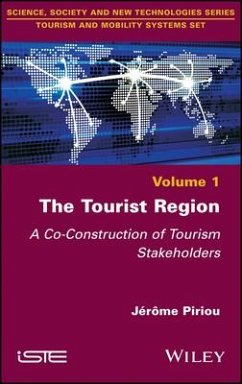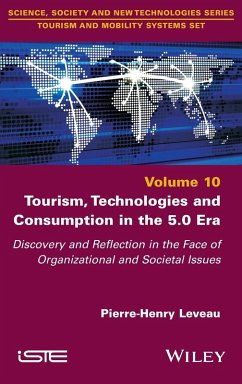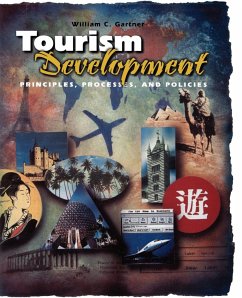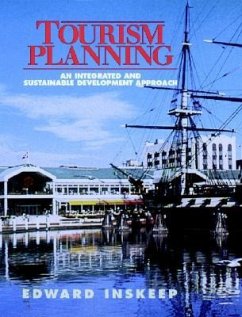Nicht lieferbar
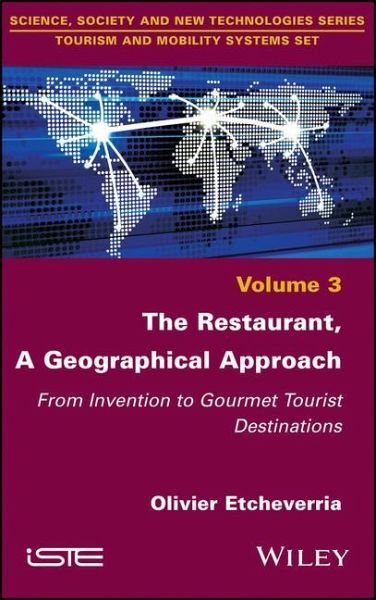
The Restaurant, a Geographical Approach
From Invention to Gourmet Tourist Destinations
This book analyzes the way in which restaurants are geographical objects that reveal locational logics and strategies, and how restaurants weave close relationships with the space in which they are located. Originating from cities, restaurants feed off the urban environment as much as they feed it ' participating in the qualification, differentiation and hierarchy of cities. Indeed, restaurants in both the city and the countryside maintain a dialogical relationship with tourism. They can be vital players in the establishment of emerging types of gourmet tourism, sometimes even constituting as ...
This book analyzes the way in which restaurants are geographical objects that reveal locational logics and strategies, and how restaurants weave close relationships with the space in which they are located. Originating from cities, restaurants feed off the urban environment as much as they feed it ' participating in the qualification, differentiation and hierarchy of cities. Indeed, restaurants in both the city and the countryside maintain a dialogical relationship with tourism. They can be vital players in the establishment of emerging types of gourmet tourism, sometimes even constituting as gourmet tourist destinations in their own right. They participate in the establishment of necessary conditions for local development. Some restaurants are even praised as historic sites, recognized as part of the local heritage, which reinforces their localization and their identity as a gourmet tourist destination.





